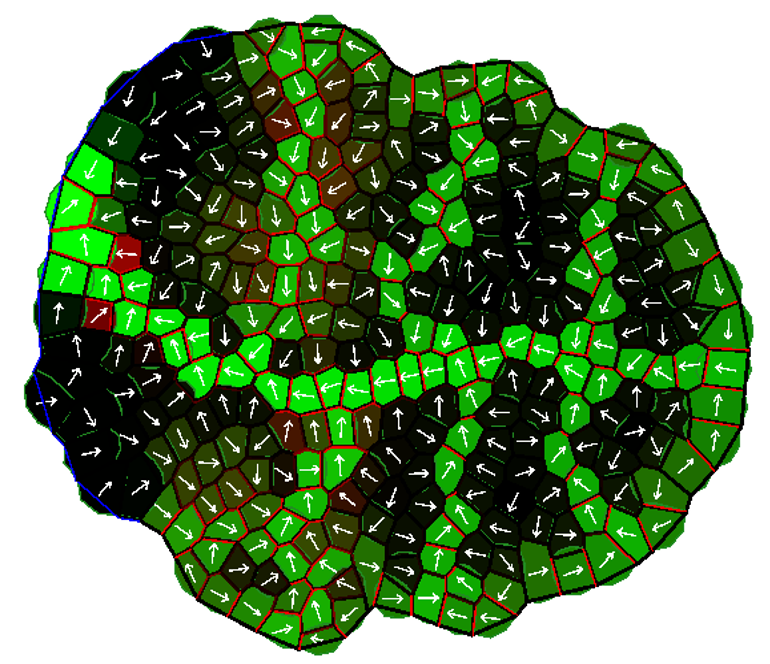Dr. David Holloway, BCIT Mathematics faculty, and Dr. Carol Wenzel, BCIT Biotechnology faculty, recently had the honour of publishing their research in in silico Plants (Oxford University Press). The innovative interdisciplinary work involves the pairing of mathematics and the veins in plant leaves.
Applying computer simulation to biological processes
Carol has extensive experience in the biology of leaf vein formation, having discovered, among other things, aspects of how plant hormones drive the growth of leaf veins. These veins are necessary for transporting nutrients and keeping plants alive.

Keeping plants alive, especially food plants, has long been a priority for human survival. Now biotechnologists like Carol are able to use various techniques to help understand and manipulate plant growth mechanisms. These innovative techniques can optimize yield for our changing environment, or produce novel products.
David brings extensive experience in computer simulations of molecular flows in tissues. He had been looking for someone to help with molecular biology aspects of his research on spruce conifer embryos. “Then Carol started working at BCIT, and she has the molecular biology and more,” says David. “We’ve now extended the conifer project to look at gene expression in mature trees too.”
Over the last five years, Carol and David have combined their expertise to build a mathematical model of plant hormone and protein interactions and flow. BCIT Biotechnology students have also had an opportunity to contribute to the research activities through summer co-op positions.
What controls the vein network in plant leaves?
David: “Leaf veins were Carol’s area, but we started talking about it a lot, and asking questions that could be addressed with computer modelling. Leaf vein modelling is a very active field right now.”
Vein patterns and leaf shapes are often closely correlated. “Imagine the shapes of different leaves,” suggests Carol. “I’ve studied the complexity of leaf shape variations experimentally. Now, David is adapting our vein model to simulate this inter-relation between veins and growth.”
“I think the model is solid and has important things to say about biology because we started from Carol’s biological knowledge and insights on vein formation. It wasn’t something dreamt up by a mathematician just to look like a plant!” adds David. “Still, there are lots of approximations to make something run in a computer. There is still a huge amount to learn about leaf development.”
Potential impact: A more reliable food supply

The duo are adapting their model for the particular geometry of grasses, which are “monocots”. These monocots include our major cereal crops, a critical part of our food system. Some monocots have distinct leaf anatomical features, like vein arrangement and specialized cell types. These features can make them much more efficient at photosynthesis in hot and dry conditions.
Carol explains: “Understanding the molecular mechanisms associated with photosynthetic efficiency in a grass may enable the development, for example, of wheat and rice that are more robust in a warming world.”
Feature image: Computer simulated leaf with a network of veins generated by the Holloway-Wenzel model equations
